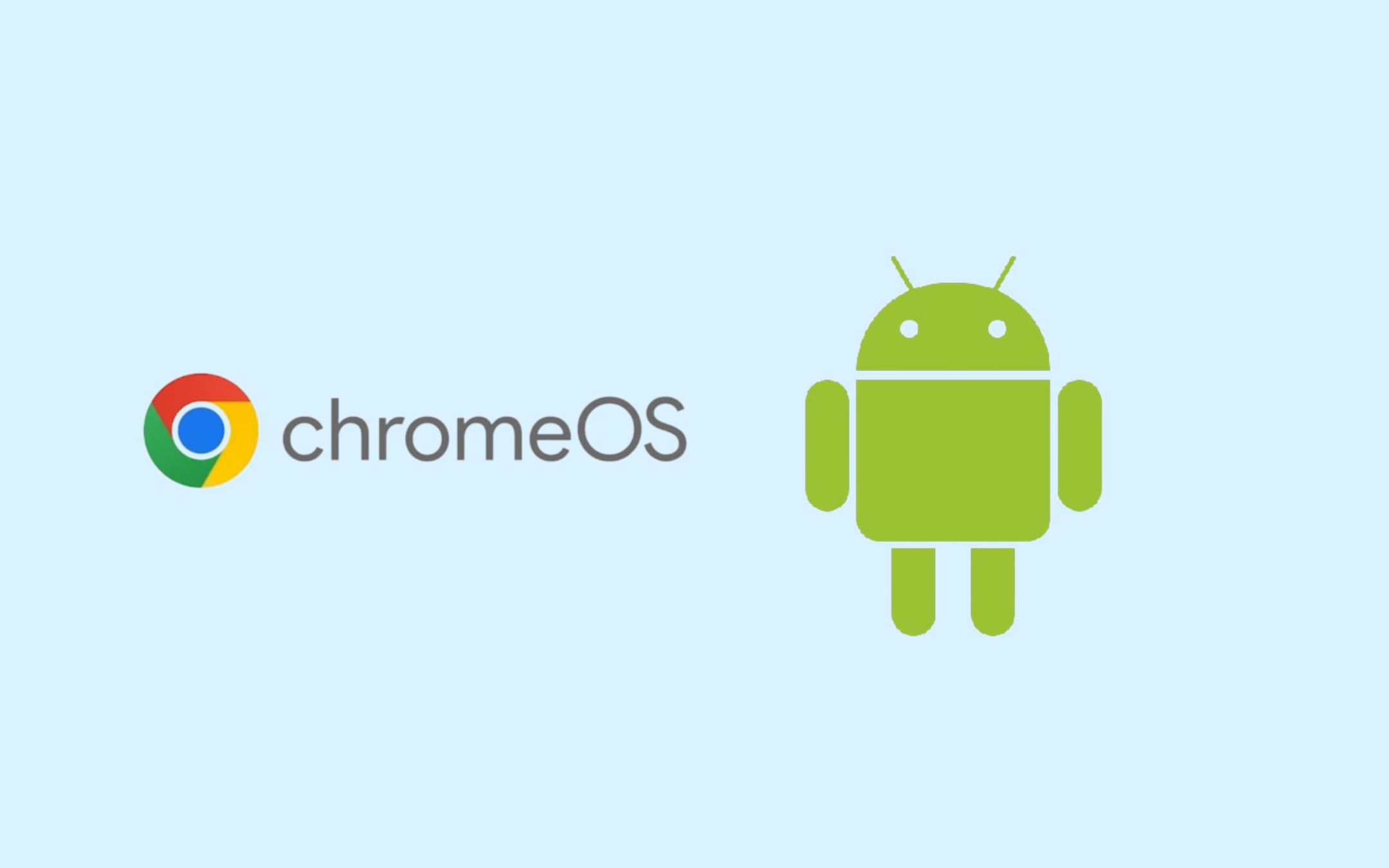
A New Era in Operating Systems
In a revolutionary move that promises to redefine the way we interact with technology, Google has officially announced the unification of its Chrome OS and Android platforms into a single, seamless ecosystem. This development marks a significant milestone in the evolution of operating systems, aimed at providing users with an integrated experience that bridges the gap between mobile devices and laptops.
The Rationale Behind Unification
Google’s decision to merge Chrome OS and Android is driven by the increasing convergence of device usage patterns and the growing demand for a unified digital experience. As users increasingly switch between smartphones, tablets, and laptops, the need for a cohesive platform that offers consistency, flexibility, and improved functionality has become more pressing.
Key motivations include:
- Enhancing user experience by providing a unified interface regardless of device type
- Streamlining app development and deployment processes for developers
- Improving security, updates, and maintenance through a common ecosystem
- Enabling new use cases and productivity features that leverage the strengths of both platforms
What Does the Merge Entail?
According to Google’s official statements, the integration involves consolidating the core technologies of Chrome OS and Android, allowing apps to run seamlessly across devices. This means that applications originally designed for Android will now be able to operate on Chrome OS with minimal adjustments, offering a native-like experience on Chromebook devices.
Furthermore, Google’s plan encompasses the development of a unified codebase, simplifying updates and providing a streamlined pathway for software developers. This synergy is expected to break down traditional barriers, enabling developers to create apps that function uniformly across both mobile and desktop platforms.
The recent reports suggest that Google is working to embed core Android functionalities into Chrome OS, transforming Chromebooks into versatile devices capable of handling Android apps and services natively. This confluence will essentially turn Chromebooks into powerful hybrid devices, blending the best attributes of laptops and smartphones.
Implications for Consumers and Users
Enhanced Compatibility and Flexibility
For end-users, this unification will mean greater app compatibility, enabling access to the vast ecosystem of Android applications directly on Chrome OS devices. It will also provide continuity in user experience — switching from a smartphone to a Chromebook will feel more natural and intuitive.
Improved Productivity and Multitasking
By merging these platforms, Google aims to facilitate more efficient multitasking and productivity workflows. Users will be able to run Android apps side-by-side with Chrome OS’s native applications, opening new opportunities for cross-platform interactions and enhancing remote work capabilities.
Streamlined Updates and Security
The unified platform will allow for more consistent system updates, enhancing security and performance. Android’s regular security patches and Google’s Chrome OS stability updates will converge, providing a more secure and reliable environment for users.
Potential Challenges
While the benefits are compelling, the unification also presents some challenges, such as ensuring compatibility across a multitude of hardware configurations and maintaining the performance standards expected from both platforms. Moreover, developers will need to optimize their apps to work seamlessly within this new ecosystem.
The Future of Google Devices: A Closer Look
As Google’s vision for a unified platform unfolds, the future of Google hardware looks promising. The company is hinting that upcoming Galaxy Chromebooks could share more features with Galaxy phones, potentially blurring lines between different device categories even further. This indicates that future Chromebooks may not just run Android apps efficiently but also incorporate hardware features inspired by or integrated with Galaxy smartphones, such as improved cameras, hardware design, or exclusive functionalities.
In addition, Google’s Android leadership department is emphasizing that this move is part of a broader strategic effort. They believe that early adopters and tech enthusiasts will be among the first to experience these changes and recognize the advantages of an ecosystem that tightly integrates mobile and desktop computing.
What the Industry and Experts Are Saying
Major tech publications have highlighted the significance of this development. The Economic Times reported on Google’s official confirmation of the platform unification, emphasizing how it reflects the company’s push towards seamless integration. Similarly, Hindustan Times discussed the implications for everyday users, including how this could revolutionize the Chromebook experience by making it more akin to using an Android smartphone.
Tech analysts and industry leaders are optimistic:
- They see this move as a way to strengthen Google’s ecosystem and better compete with Apple’s tightly integrated hardware and software solutions.
- Experts suggest that future updates could mean Android-like customization options on Chromebooks, better app support, and a more fluid user interface.
- Some predict that this will encourage manufacturers to design devices optimized for this unified platform, leading to innovations in hardware and software design.
Potential Impact on the Market and Ecosystem
This strategic unification could reshape the competitive landscape in several ways:
- For consumers: A more cohesive device experience, reducing fragmentation and increasing device usability across use cases.
- For developers: A streamlined development process catering to both mobile and desktop environments, fostering innovation and wider app adoption.
- For manufacturers: An opportunity to develop hybrid devices that leverage the unified ecosystem, potentially giving rise to a new generation of versatile laptops and tablets.
Moreover, the integration may accelerate the adoption of Chromebooks in enterprise settings, education, and personal use, as the unified platform simplifies management, security, and user onboarding processes.
Conclusion: A Bold Step Forward
Google’s move to merge Chrome OS and Android is undoubtedly a bold and transformative step in the tech industry. It mirrors the ongoing trend of creating more integrated digital environments that prioritize user convenience, security, and performance. As this new unified platform matures, users and developers alike can look forward to a more cohesive, efficient, and versatile computing experience that bridges the gap between mobile and desktop computing.
While the full extent of this integration remains to be seen, one thing is certain: Google is setting the stage for a future where the boundaries between devices are virtually invisible, and our digital lives are seamlessly interconnected.
For more updated news please keep visiting Prime News World.








